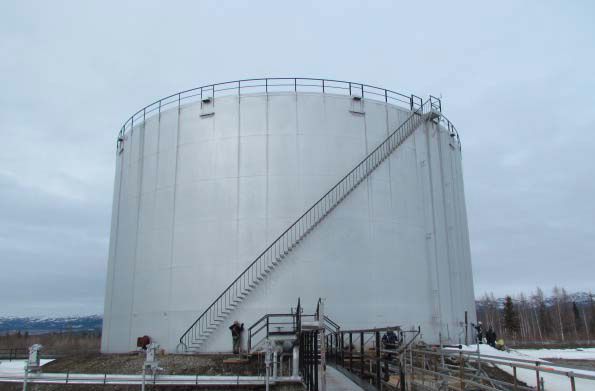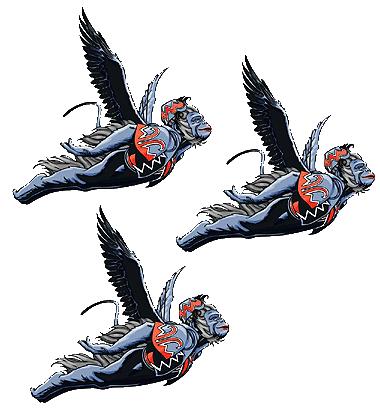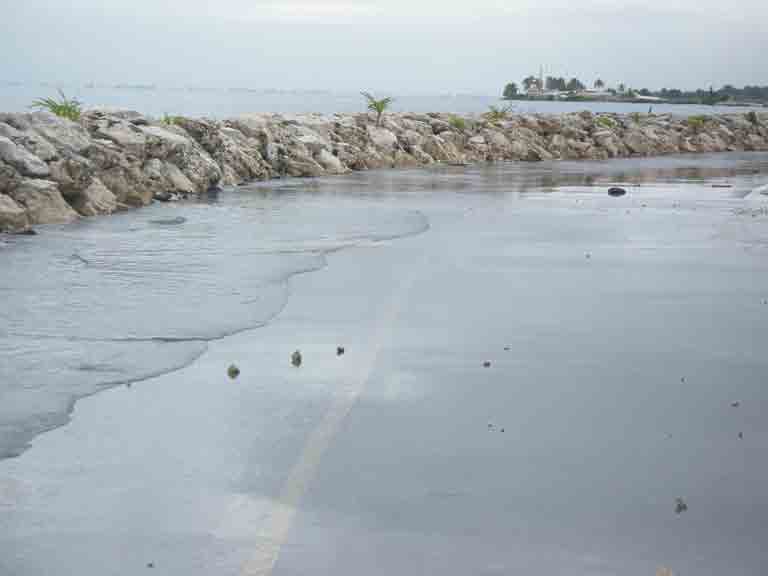I suffered through an epic failure of a conference call earlier this week. As a part of an exceptionally interesting assignment I’m interviewing service providers to evaluate their suitability for a long-term contract with a major pipeline company. The candidates have a range of size, location, expertise, reputation, and approach. It was, surprisingly, the high-end Consultants who showed up unprepared and crashed so spectacularly. To be clear, these were not “consulting engineers.” These were representatives of an international big-C Consultancy with a globe-striding reputation.
They hadn’t read the briefing I’d sent them, had no idea about the scale of the engagement for which they were interviewing, and were completely unfamiliar with the boundary limits of the analysis. Their sales pitch consisted entirely of generic statements about how qualified they are because of how big their company is, and how they were positive they could solve the problem as soon as I had fully explained the solution to them. It took about 10 minutes for me to realize how astonishingly unproductive the call was going to be. I blame myself for wasting 8 of those 10 minutes with self doubt: “Surely, it’s got to be me failing to communicate in some way, because these guys are the best in the world at exactly the topic we’re discussing.” Nope, they had just failed to prepare and they wasted everyone’s time.
So it wasn’t a total loss. We were able to salvage the call by cutting it short and identifying different people in their huge, highly qualified Consultancy who had a chance of meeting my customer’s needs. I made sure to send the briefing along with the next call confirmation
It was a great lesson to me, though, since Atlas is so brazen about holding itself out to be such leaders in our industry. That reputation for excellence is fragile and needs to be nurtured. Show up prepared, every time, if you want for people to keep believing that you’re the right guy to solve their interesting problems.





